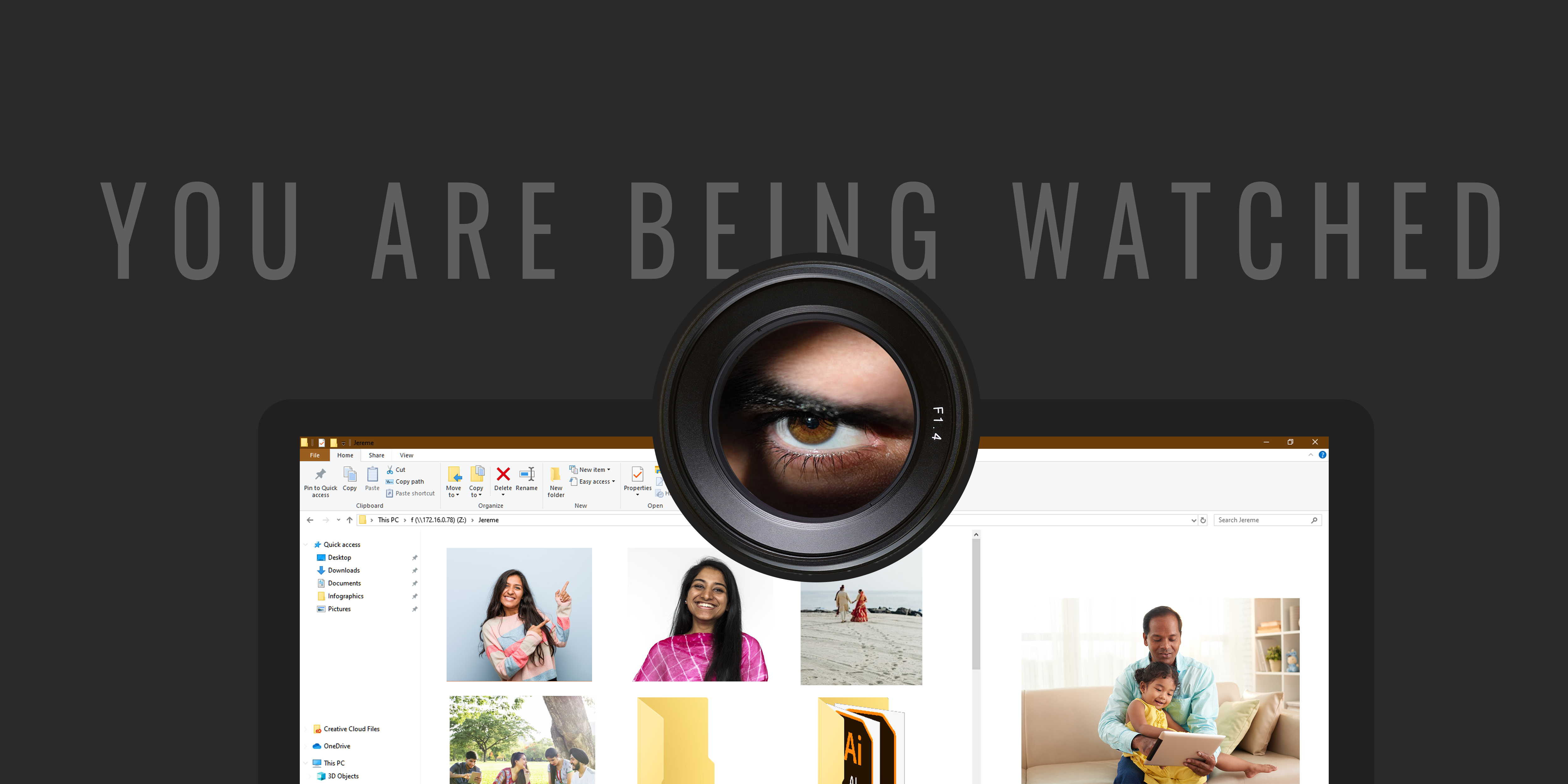The prime reason to consider Webcams as a vital IoT gadget is their ability to cover a range of services. The new-age utility Webcams offers to make your life more connected with unmatched ease. However, recent events covering an array of hacks compromising thousands of webcams raises a serious security concern.
Hacking webcams and grabbing raw footage with a malicious intent such as blackmail has existed forever. Almost every day, we come across news from around the globe, highlighting the latest hack. But despite all the scary buzz around, a plethora of webcam users still takes security for granted, thus falling prey to snoopy cybercriminals.
Unlike other consumer and enterprise device manufacturers, many Webcam manufacturers go easy on security while revealing new products. Many budget webcams, available in offline and online shops, lack even the necessary security features or patches to prevent from significant breaches. These loopholes make it easy for cybercriminals to snoop in and grab footages or hijack the webcam and baby monitors intending to blackmail or sextortion and a whole lot more.
With the easy availability of RAT (Remote Access Trojan) tools, webcam hacking is getting more vulnerable with every passing day. If you think otherwise, do a simple Shodan query search, and the list of unprotected IoT devices around is enough to creep you.
So let’s talk about safe practices you can undertake to stay away from the prying eyes? Check out the tips mentioned below:
- Use the internet to learn more about webcams before purchasing one. Most of the product manuals are available online. Read the manual carefully and check the security features. The features available in most of the webcams come inactive by default and need activation during installation it in your premises.
- Products available for a throwaway price are more likely to lack even the necessary security features. While they may offer immense value, do stay away from such products. Never buy webcams which come with unsecured P2P networking, no password authentication and Universal-Plug-and-Play (UPnP).
- Put masking tape on the laptop and PC connected webcams. Buy a webcam cover for your laptop, PC or mobile phone. You can get a plethora of choices online.
- Unplug or turn off via Device Manager if the camera is connected via USB or integrated into your laptop.
- Use your camera over a secure internet connection. Upgrade the router firmware whenever available and choose a complex password for it. Using a connection manager to track the connected devices is also a wise idea.
- Activate 2FA (Two-Factor Authentication) security, if available, on your webcam.
- Keep your operating system, system-installed software and browser up to date.
- Use layered security software and turn on the system firewall.
- Stay away from the emails came from a stranger. Never click on links appear in those emails or download attachments.
- Never click on any shortened links appearing on social media chatting platforms or social messenger.











